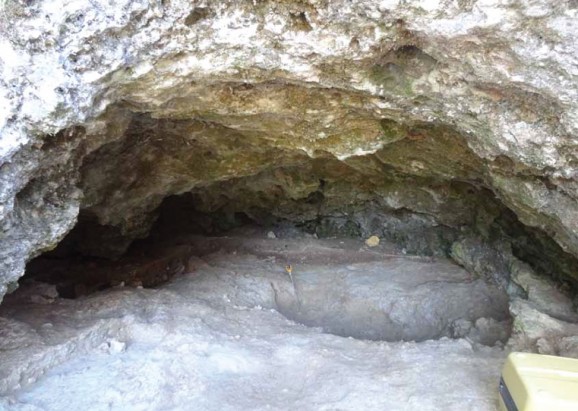Neanderthal Gravesite Suggests They Were Capable Of More Complex Cognition Than Previously Thought
This article is more than 2 years old
 For being long extinct, Neanderthals have been making a lot of news lately. Some people out there support the idea of cloning and reintroducing them into our society. I envision a nmber of complications with that idea, although there’s also potential hilarity, have we forgotten Encino Man already? One question that persists, whether Neanderthals will remain in the past or also be part of the future, is just how cognitively advanced they were. I think Homo sapiens tend to believe, or like to believe, that the major leaps in cognition came after we evolved from the early hominids, but a recent re-analysis of a Neanderthal grave site suggests that their cognition may have been much more complex than previously thought.
For being long extinct, Neanderthals have been making a lot of news lately. Some people out there support the idea of cloning and reintroducing them into our society. I envision a nmber of complications with that idea, although there’s also potential hilarity, have we forgotten Encino Man already? One question that persists, whether Neanderthals will remain in the past or also be part of the future, is just how cognitively advanced they were. I think Homo sapiens tend to believe, or like to believe, that the major leaps in cognition came after we evolved from the early hominids, but a recent re-analysis of a Neanderthal grave site suggests that their cognition may have been much more complex than previously thought.
The gravesite pictured above is from La Chapelle-aux Saints, France. In 1908, archaeologists found a Neanderthal skeleton there, laid to rest some 60,000 years ago. At the time, the skeleton was a major find—one that led to the conclusion that Neanderthals weren’t all that bright, given their rather oafish appearance, even though later examinations revealed that the skeleton found there was from an old, likely arthritic pre-man. Upon re-inspection, the site itself provides valuable clues to the cognitive abilities of our predecessors.
One of the major questions raised by such sites is whether Neanderthals died and were preserved there, or whether they were intentionally buried. Burial of the dead is one of those customs attributed to modern Homo sapiens, and researchers have never come to a consensus about whether the presence of Neanderthal bodies indicates actual burial. Most of these sites were found and excavated long ago, without modern equipment more able to preserve signs of intentional internment.
A publication in the Proceedings of the National Academy of Sciences USA details a recent re-excavation of the cave that provided more Neanderthal bones, teeth, and tools. An archaeological team from New York University identified certain features in the pit that support the idea that the Neanderthals modified it for burials, rather than it happened to be a natural ditch and a convenient place to chuck a body. Animal remains in the pit demonstrated that they were snacked on by subsequent animals, but the lack of those signs in the Neanderthal remains suggest that they were kept out of the reach of animals—in other words, buried.
Given this revelation, along with recent evidence about Neanderthals wearing feathers
and other decorations, their use of leather-working tools, and their ability to speak like modern humans, it seems we’ve underestimated our heavily-browed ancestors. At the very least, it’s possible we overestimated the differences between us. Maybe they would fit into modern society–or maybe, like the aliens, they’d find us lacking.












